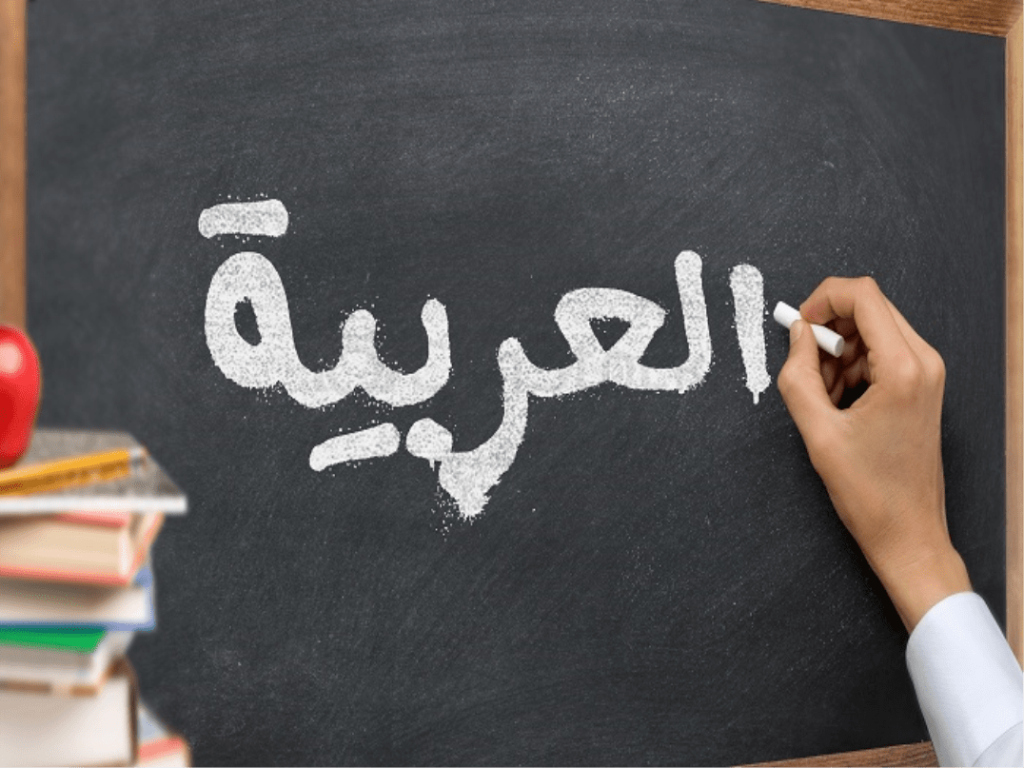So, you’re diving into the fascinating world of Arabic! That’s fantastic. As you explore learning Arabic online or in a classroom, you’ve likely encountered the fact that this rich language has numerous regional dialects. Two of the most prominent and widely spoken are Egyptian Arabic and Levantine Arabic. If you’re planning a trip to Egypt or the Levant (Syria, Palestine, Lebanon, and Jordan) for work, travel, or simply to connect with the culture, understanding these Arabic dialects is key. You might be wondering, “Levantine vs Egyptian Arabic: What exactly is the difference?”
Well, you’ve come to the right place! This article will explore the nuances of Egyptian Arabic vs Levantine Arabic to help you decide “should I learn Egyptian or Levantine Arabic?”
Understanding Egyptian Arabic
Egyptian Arabic is more than just the dialect spoken by the 52 million residents of Egypt. Its influence extends far beyond its borders. Due to Egypt’s powerful film and music industries – often dubbed “Hollywood on the Nile,” producing thousands of films since the early 20th century – Egyptian Arabic has been widely adopted as a second language in many other Arabic-speaking countries. You’ll find it commonly understood in:
- Libya
- Yemen
- Iraq
- Jordan
- Kuwait
- United Arab Emirates
This widespread exposure means that potentially over 54 million people around the globe have some familiarity with Egyptian Arabic. If your goal is broader comprehension across the Arab world, this reach is a significant factor to consider.
Exploring Levantine Arabic
Levantine Arabic is the vibrant dialect spoken by over 20 million people in the Levant region, encompassing:
- Syria
- Palestine
- Lebanon
- Jordan
While not an official language in any of these countries, Levantine Arabic is the everyday language of casual conversations among friends and family, in workplaces, and throughout communities. If you’re drawn to the rich cultures of this specific region, mastering the Levantine dialect will deeply enhance your experience. You might also hear the term “Levantine dialects” as there are regional variations within the Levant itself, though they are generally mutually intelligible.
Key Differences: Levantine Arabic vs. Egyptian Arabic
While both are undeniably Arabic, Levantine Arabic vs Egyptian Arabic have evolved with distinct characteristics. Here are some key areas where they differ:
- Pronunciation: This is often the most noticeable difference. For example:
- The letter “ج” (jeem) is typically pronounced as a hard “G” (like in “go”) in Egyptian Arabic, but as a soft “J” (like in “joy”) in Levantine Arabic.
- The letter “ق” (qaaf) can be pronounced differently. In some Levantine dialects, it’s a glottal stop (like the sound in the middle of “uh-oh”), while in Egyptian Arabic, it’s often a glottal stop as well, but can have other pronunciations in specific contexts.
- Certain vowel sounds can also vary.
- Vocabulary: While many core words are the same, numerous everyday words differ between the two dialects.
- Grammar: While the fundamental grammatical structures are similar to Modern Standard Arabic (MSA), there are grammatical variations between the dialects, particularly in verb conjugations and the use of certain particles. The article previously mentioned vowel and affix combinations in Levantine, which is a subtle grammatical point.
Should You Learn Egyptian Arabic or Levantine Arabic?
Deciding “should I learn Levantine or Egyptian Arabic?” depends heavily on your personal goals:
- Your Destination: If you know you’ll be spending significant time in Egypt, Egyptian Arabic is the clear choice. Similarly, if your focus is on Lebanon, Syria, Palestine, or Jordan, Levantine Arabic (or the specific dialect of that region) will be most practical.
- Your Interests: If you’re a big fan of Egyptian movies and music, learning Egyptian Arabic will greatly enhance your enjoyment and understanding. If you’re drawn to the culture and media of the Levant, then Levantine Arabic is your path.
- Your Connections: Do you have friends, family, or business contacts who speak one of these dialects? Learning their dialect will facilitate communication and strengthen relationships.
- Wider Comprehension vs. Regional Depth: Egyptian Arabic offers broader passive comprehension across the Arab world due to its media influence. However, learning Levantine Arabic will give you deeper linguistic and cultural insight into a specific and vibrant region.
Learning any language is a rewarding journey, and the Kaleela Arabic learning app is here to make it fun and engaging. Whether you’re a beginner learning basic Arabic words or an advanced student looking to master a specific dialect, Kaleela offers a comprehensive approach to meet your Arabic language learning needs. Download it today from kaleela.com and start your linguistic adventure!



